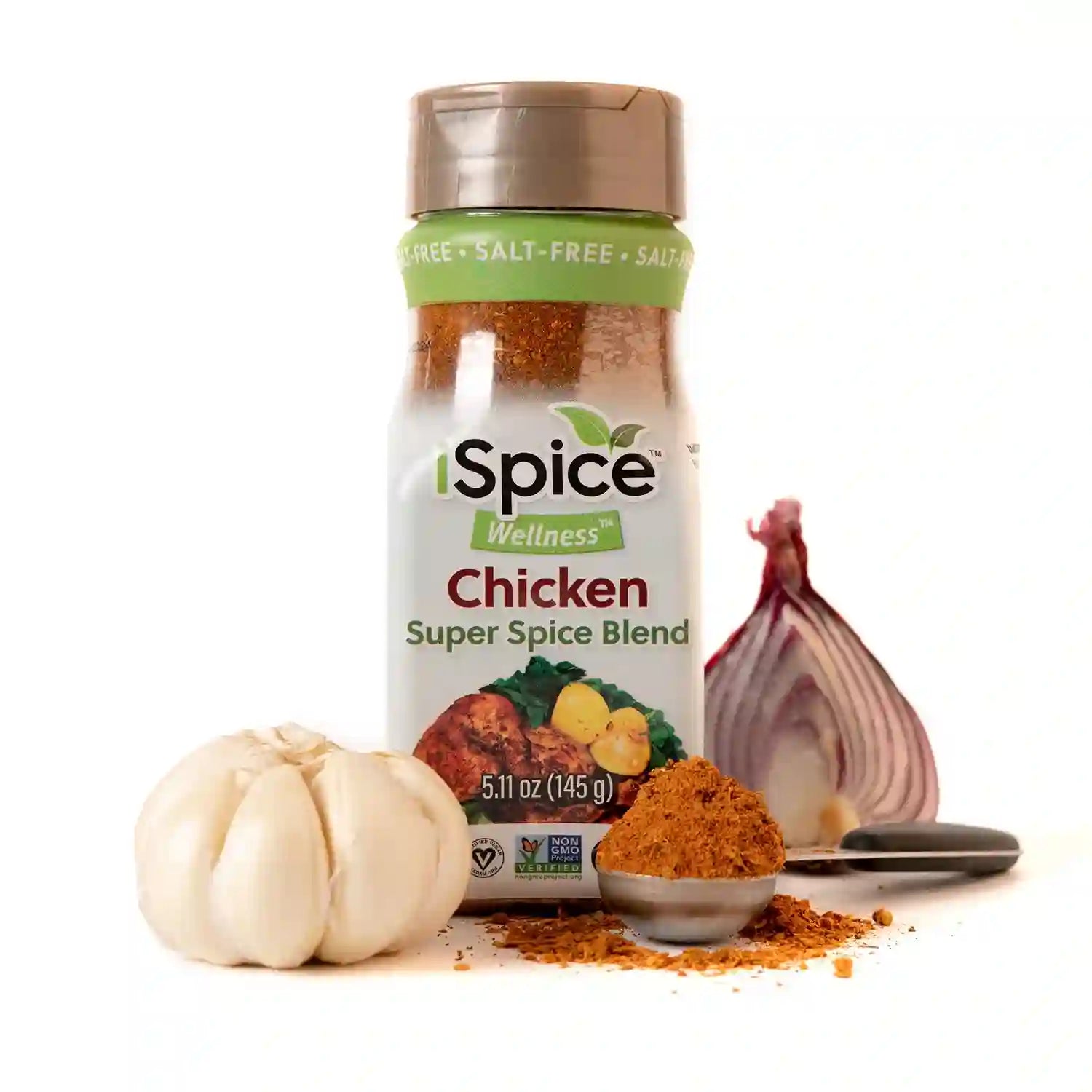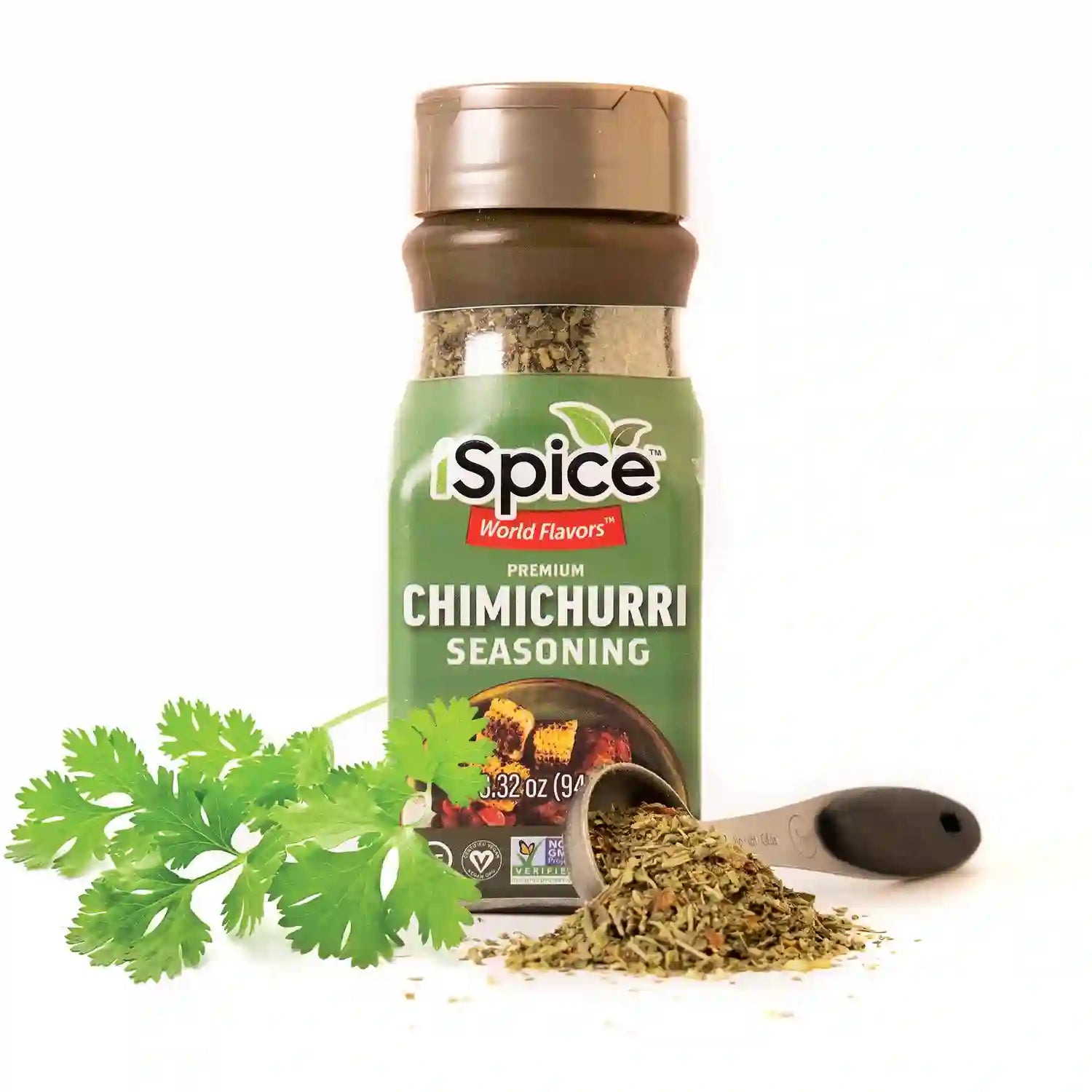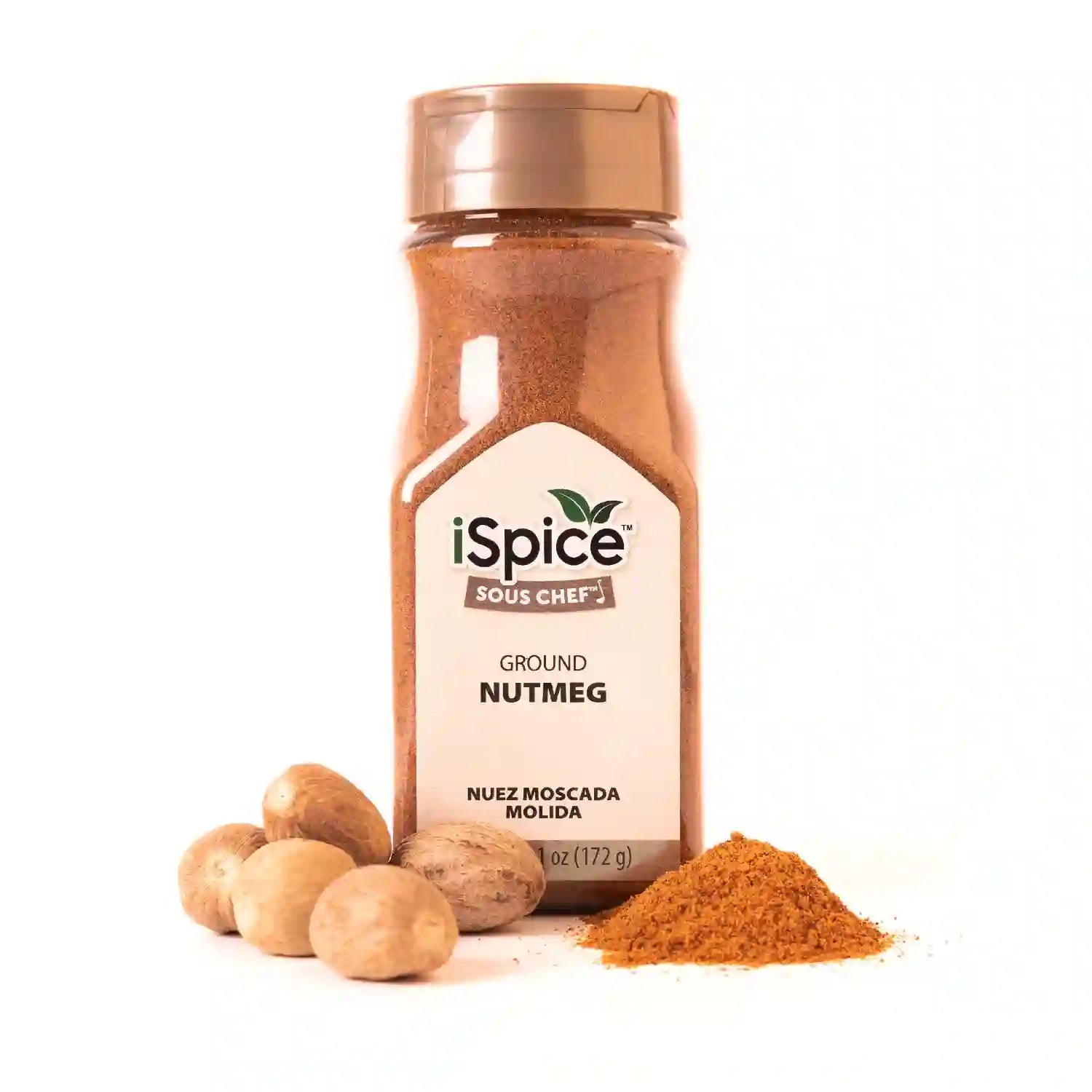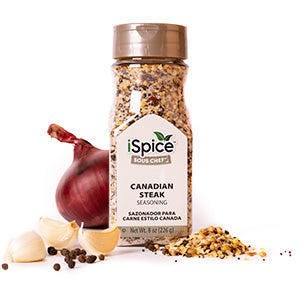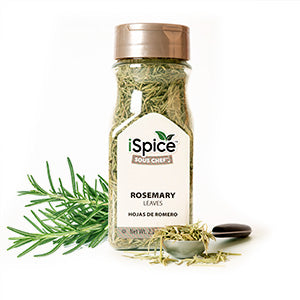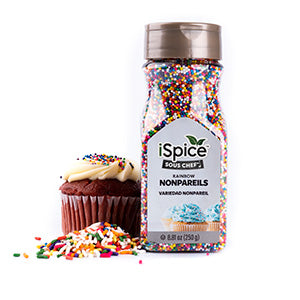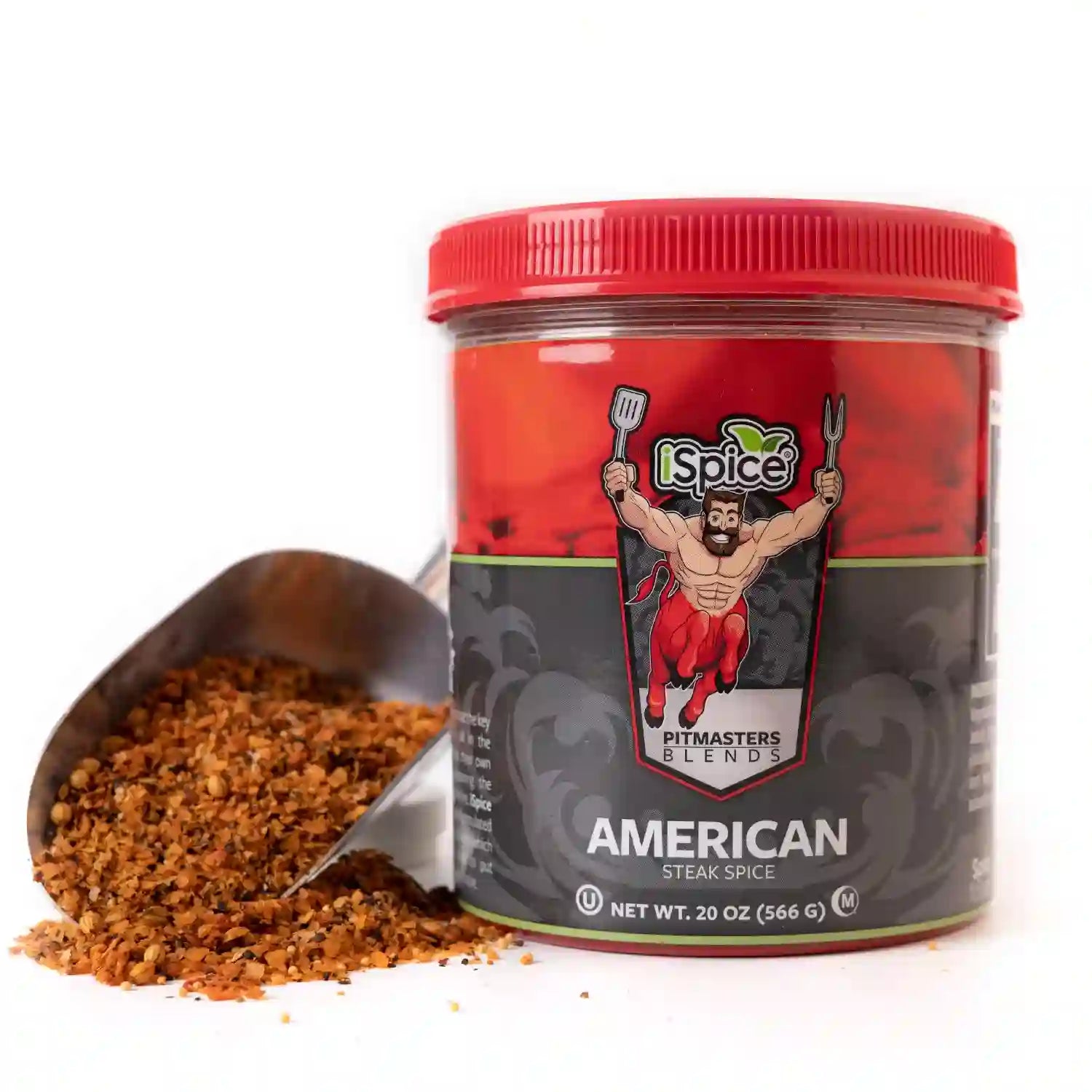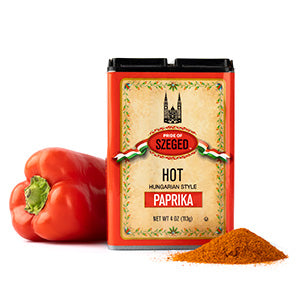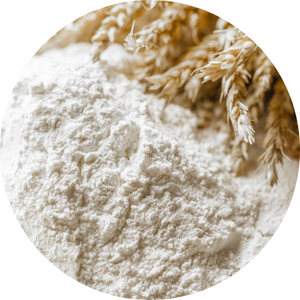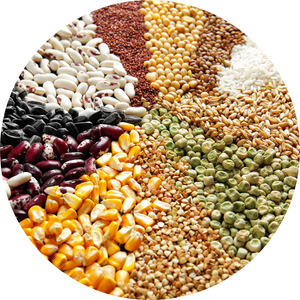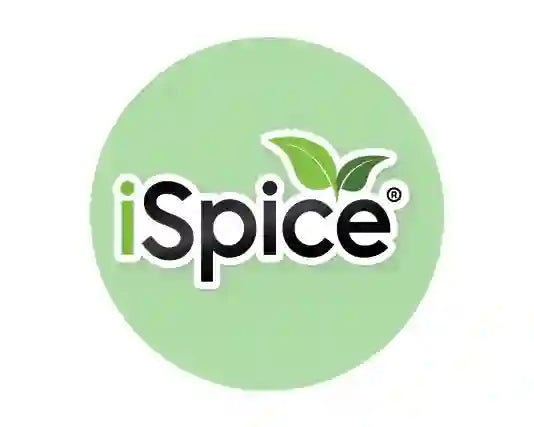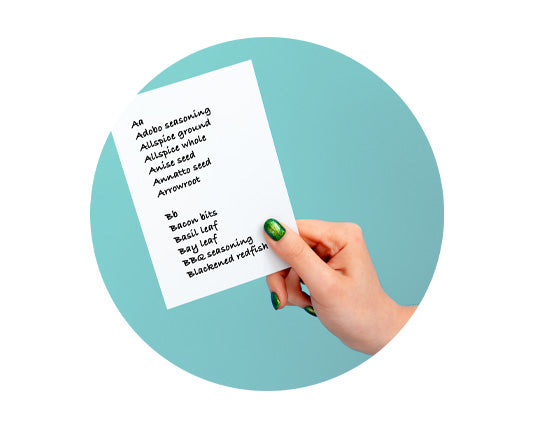
Introduction
Ginseng, known for its incredible health benefits and adaptogenic properties, has been cultivated for centuries. While it's often associated with distant forests, you can actually grow ginseng in your own backyard. In this guide, we'll walk you through the step-by-step process of cultivating this remarkable plant. From selecting the right spot to harvesting your own ginseng, we've got you covered. Let's embark on this green journey together and explore how to grow ginseng in your backyard.
Selecting the Perfect Spot
To successfully cultivate ginseng, you need to start with the right location. Ginseng thrives in specific conditions, so follow these guidelines:
-
Shaded Area: Ginseng loves shade. Choose a spot in your backyard where the sunlight is filtered through trees or where the sun only shines for a few hours each day.
-
Loamy Soil: Ginseng prefers well-draining, loamy soil. Test your soil's pH and aim for slightly acidic conditions (pH of 5.5 to 6.5).
-
Proximity to Water: Ensure your chosen spot is close to a water source. Ginseng requires consistent moisture.
Planting Ginseng Seeds
Now that you have the perfect spot, it's time to plant your ginseng seeds. Follow these steps:
-
Prepare the Soil: Clear the area of any debris or weeds. Loosen the soil to a depth of at least 12 inches.
-
Plant the Seeds: Plant ginseng seeds about an inch deep and 4 inches apart. Ensure they are evenly spaced.
-
Mulch: Cover the seeds with a layer of leaf mulch. This helps to maintain moisture levels and provides insulation.
-
Patience is Key: Ginseng takes time to germinate. Be patient, as it can take several months for the first sprouts to appear.
Caring for Your Ginseng
To ensure healthy growth, follow these care tips:
-
Watering: Keep the soil consistently moist, but not waterlogged. Regular, light watering is best.
-
Weeding: Remove any weeds that may compete with your ginseng for nutrients.
-
Fertilization: Ginseng doesn't require heavy fertilization. Use a balanced, slow-release fertilizer sparingly.
-
Protect from Wildlife: Birds, squirrels, and deer may be attracted to ginseng. Consider using protective fencing.
Harvesting Your Ginseng
After years of careful nurturing, it's time to harvest your ginseng. Here's how:
-
Timing: Ginseng is typically ready for harvest after 5-6 years. The leaves will turn yellow, indicating maturity.
-
Careful Extraction: Carefully dig around the roots to avoid damaging them. Remove the entire root system.
-
Cleaning: Wash the roots gently to remove soil, and allow them to air dry.
-
Storage: Store ginseng roots in a cool, dark, and dry place. Properly dried and stored ginseng can last for years.
How to Grow Ginseng in Your Backyard
Now that you've learned the basics of growing ginseng in your backyard, it's time to put your knowledge into action. Create the ideal environment, care for your plants diligently, and in a few years, you'll be able to enjoy the numerous benefits of this incredible plant right from your own backyard.
FAQs
Q: Can I grow ginseng in pots? A: While it's possible to grow ginseng in pots, it's more challenging. Ginseng has specific soil and shade requirements that are easier to meet in a garden.
Q: Is ginseng cultivation profitable? A: Yes, ginseng can be a profitable venture, especially if you have a large backyard. The market for ginseng roots and products remains strong.
Q: How do I protect my ginseng from pests? A: Using netting or fencing can help deter wildlife. Be vigilant about weeding to prevent competition for nutrients.
Q: Can I use store-bought ginseng seeds? A: Store-bought seeds can be used, but make sure they are from a reputable source. Wild-simulated seeds are preferred for authenticity.
Q: Are there any legal restrictions on growing ginseng? A: Check your local regulations, as some areas may require permits for ginseng cultivation.
Q: What are the health benefits of ginseng? A: Ginseng is believed to boost energy, reduce stress, and improve cognitive function. It has a long history of use in traditional medicine.
Conclusion
Growing ginseng in your backyard is a rewarding endeavor that connects you with nature's healing treasures. With the right conditions and care, you can cultivate this remarkable plant and reap its numerous benefits. So, roll up your sleeves, dig into the earth, and start your journey on how to grow ginseng in your backyard.
Alert: While spices can have many beneficial properties for health, using them for medical purposes should be done under the guidance and supervision of a healthcare professional or specialist. Some spices may interact with medications or cause adverse reactions in certain individuals, and it is important to use them safely and appropriately. If you are considering using spices for a medical condition, it is important to consult with a healthcare professional before doing so.

